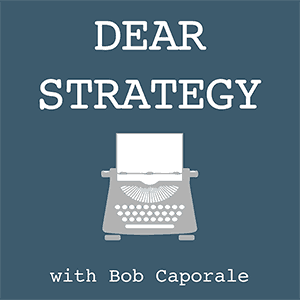Dear Strategy:
“How do you decide whether to grow the market with new products or compete with old products?”
Last week we talked about some of the criteria you might use to help you map your products on the lifecycle curve. To answer this week’s question, let’s assume that you’ve created a lifecycle map for your entire portfolio. Then, let’s further assume that you have products in all three main stages of growth, maturity, and decline. Using this as a starting point, what is the right balance to maintain for your portfolio with respect to all of these different phases, and how do you decide which phase you should focus on the most?
That’s the heart of what I’m going to talk about today.
Let’s first address the question of maintaining the “right” balance between lifecycle stages. Every company will have a different tolerance for risk; and that risk tolerance will generally determine what percentage of its revenue comes from each lifecycle stage. For example, a company with a fairly conservative risk tolerance might have a balance of 20-60-20 – meaning that 20% of its products will be in growth, 60% will be in maturity, and 20% will be in decline. This represents a fairly steady cycle of having most products in the maturity phase, while having an equal number of products in growth to replace the ones that are in decline.
Companies with a high tolerance for risk, on the other hand, might be far more balanced toward products that are in growth – with 60% or more of their products being in the growth phase. For these types of companies, their futures will be less certain, but there could also more upside if one of their growth products really hits it big.
What all of this means is that there is no “right” balance to maintain between lifecycle stages, but there will be a balance that is “right for each individual company. And this balance will be directly in line with a company’s overall tolerance for risk.
So back to the question of how to decide which products to focus on, the answer is that: 1) you have to first know what your company’s portfolio consists of; 2) you have to understand what type of portfolio balance your company wants to maintain, and; 3) you have to shift your focus based on where your portfolio is now and where your company ultimately wants it to be.
So, if you have a portfolio that’s 10-50-40, and your company wants that balance to be closer to 20-60-20, then you’re going to need to put more focus on growing new products. On the other hand, if your company has many long lifecycle products in its portfolio and is comfortable with having a portfolio that is more balanced toward maturity, then this is probably where you’re going to spend a majority of your time.
Of course, all of this is going to be reflected – and even determined – in your product and portfolio strategies. And that remains the best tool to guide you toward what your ultimate product focus should be.
Listen to the podcast episode
Dear Strategy: Episode 039

###
Bob Caporale is the author of Creative Strategy Generation and the host of the Dear Strategy podcast. You can learn more about his work by visiting bobcaporale.com.





